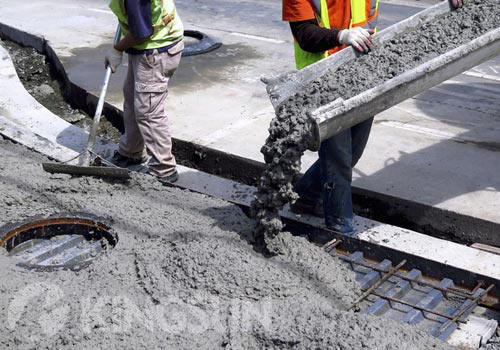In the 1930s, it was discovered that mixing sulfite pulp waste liquid into concrete can improve the workability of the mixture, and the strength and durability of concrete can also be improved. In 1935, an American first developed a water reducer with lignosulfonate as the main component. In 1962, Japan first developed a water reducer with β-naphthalene sulfonic acid formaldehyde condensate sodium salt as the main component, referred to as naphthalene water reducer. This type of water-reducing agent has the characteristics of high water reduction rate and is suitable for preparing high-strength concrete. In the late 1970s, many people improved lignin-based water-reducing agents and developed modified lignosulfonate superplasticizers. In the early 1990s, the United States first proposed the concept of high-performance concrete (HPC), which required concrete to have high strength, high fluidity, and high durability.

High-performance concrete put forward higher requirements for water-reducing agents. It requires water-reducing agent has the characteristics of high water reducing rate, large fluidity and small slump loss over time. Some new types of superplasticizers have been rapidly developed and applied, such as polycarboxylate superplasticizer.
In summary, the water reducer has experienced the development process from lignosulfonate, naphthalenesulfonate condensate, trihydroamine formaldehyde condensate, sulfamate series, polycarboxylic acid series, etc., and the water reduction rate has also increased from 8 % Increased to about 30%. The application of high-performance water-reducing agent means that the concrete meeting the same performance can save 20%-30% of cement, providing huge economic benefits for the concrete industry.
